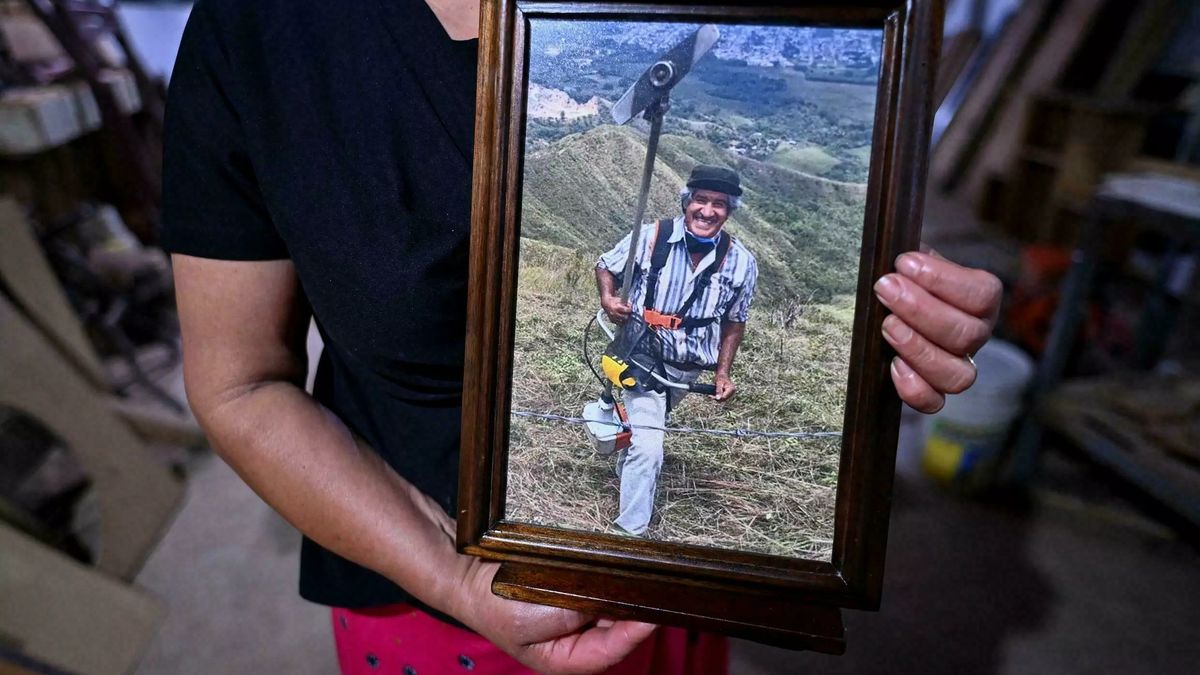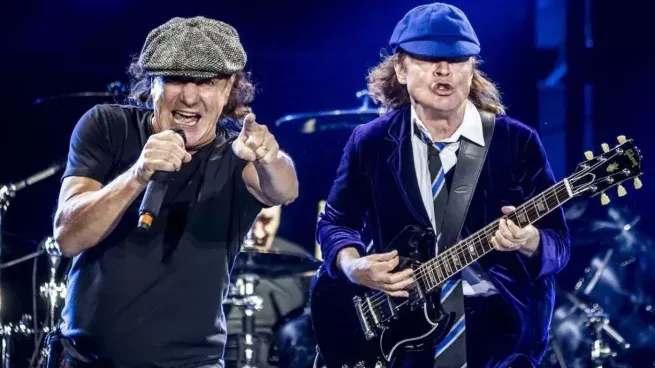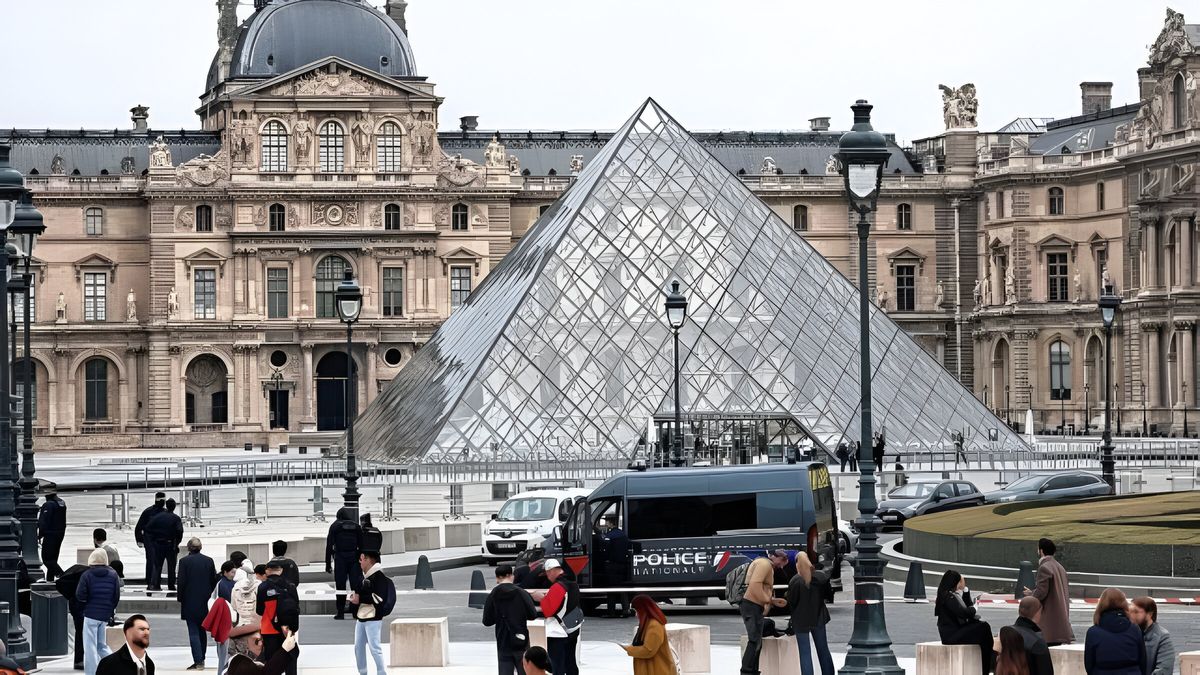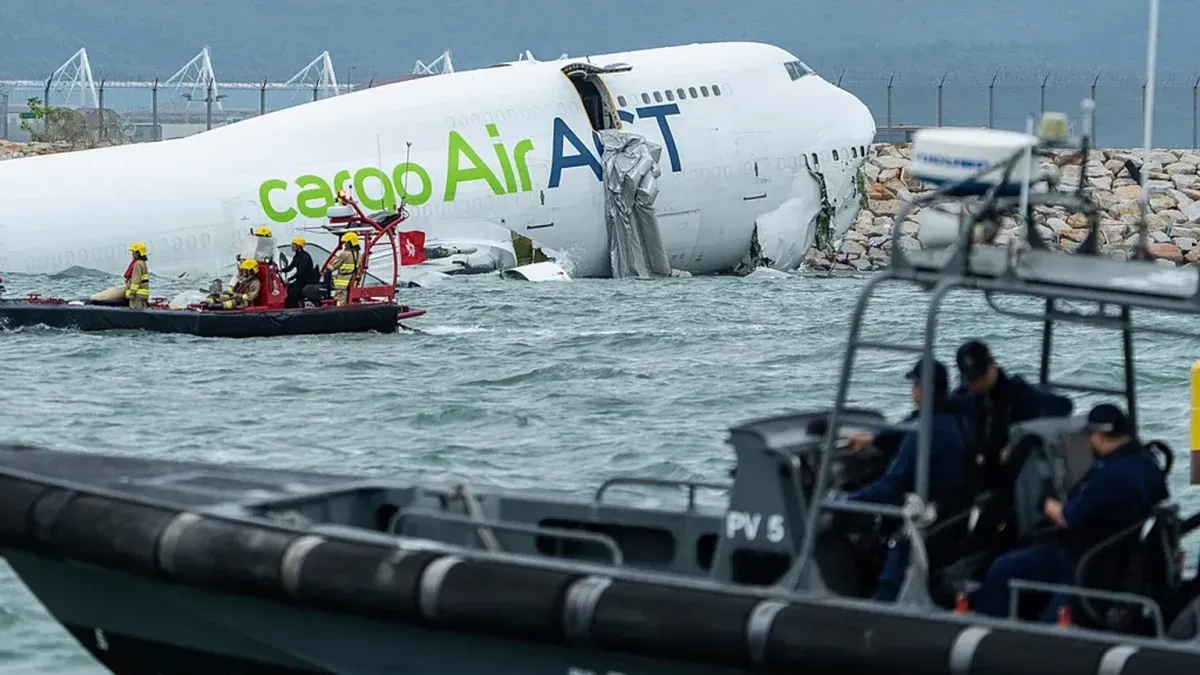At the beginning of 2017, some 300 guerrillas from the FARC were concentrated in a small rural property in the municipality of Miranda, in the department of Cauca (southwest), to deliver the weapons. Illegal marijuana crops abound in the area.
At that time everything was a party, but then most fled. A wave of targeted killings and the lack of land for their agricultural projects – “a breach of what was agreed,” they allege – broke the collective life.
“The same pain that was caused to so many people has become hatred,” Luz Dary Guarnizo, widow of a former guerrilla who was hacked to death not far away, told AFP.
Paradoxically, the peace has been lethal: 293 ex-guerrillas were killed since the disarmament that the UN monitored. When they faced the military offensive, between 2006 and 2009, the army killed about 640 guerrillas a year, according to the independent study center on the conflict CERAC.
Already without weapons, 59 were killed per year.
“What has been given is for revenge from a past“, explains Guarnizo, a 52-year-old peasant woman.
On December 27, 2020, her husband was dismembered. Manuel Alonso was a 54-year-old ex-guerrilla who was in prison. In one of his last photos he is seen, smiling, gray-haired and with a mustache on top of a hill holding a lawn mower.
Known as Romel, Alonso was released from prison in 2018 thanks to the peace agreement. He dedicated himself to cabinetmaking and screen printing, says Luz Dary in her now abandoned workshop.
Even with the anxiety, the ex-guerrillas of Colombia clean roads, repair schools or plant trees waiting for their gestures to be recognized by a peace court that offers alternative penalties to jail to those who contribute truth and make reparation to their victims.
Romel was responding for some 18 kidnappings, some in this same region. “I don’t know who killed him, but I do know why they killed him,” laments Luz Dary. A possible revenge appears in his story.
Only in 9% of the murders of ex-combatants has justice identified those responsible.
“Many of the men and women who are today as peace signatories doing activities in the territories are declared a military target,” denounces Sandra Morales.
A dozen bodyguards – most of them ex-guerrillas – and two armored trucks accompany this 40-year-old woman at all times, a former negotiator of the peace agreement in Havana and who in the war called herself Camila Cienfuegos.
Ignacio Loaiza was one of the rebels who laid down their weapons and made up their security scheme.
He was shot and killed in May. He was alone, “it was a very hard thing,” Morales recalls during a tour of the region with AFP.
“In the war there were very difficult moments because we were armed and we knew that it was a confrontation of two forces, but now it seems very cruel to me, because they have dedicated themselves to hunting us like rabbits, like ducks,” she complains disconsolately.
New groups led by former members of the FARC who left the peace pact, gangs of paramilitary origin and the guerrillas of the THE N they dispute the control of Cauca.
It is one of the departments with drug crops in Colombia. Nine of the 43 ex-FARCs killed this year have also fallen here.
With peace already in place, the neighbors came to play soccer on a synthetic field built next to the complex where the ex-combatants live. Last year a craft mortar was thrown nearby. Apparently it was directed against a military patrol. After the explosion, neither the neighbors nor the soldiers returned.
“This is due to an absence from the state. Not only from the presence of the public force, but from a State with roads, with education, with justice, “says Leonardo González, a researcher at the independent study center Indepaz.
According to González, dissidents are behind a large part of the crimes. Most of them are “new recruits” who did not belong to the FARC and “They see the implementation of the agreement as an enemy” against the expansion of marijuana and coca crops.
Source From: Ambito
David William is a talented author who has made a name for himself in the world of writing. He is a professional author who writes on a wide range of topics, from general interest to opinion news. David is currently working as a writer at 24 hours worlds where he brings his unique perspective and in-depth research to his articles, making them both informative and engaging.




